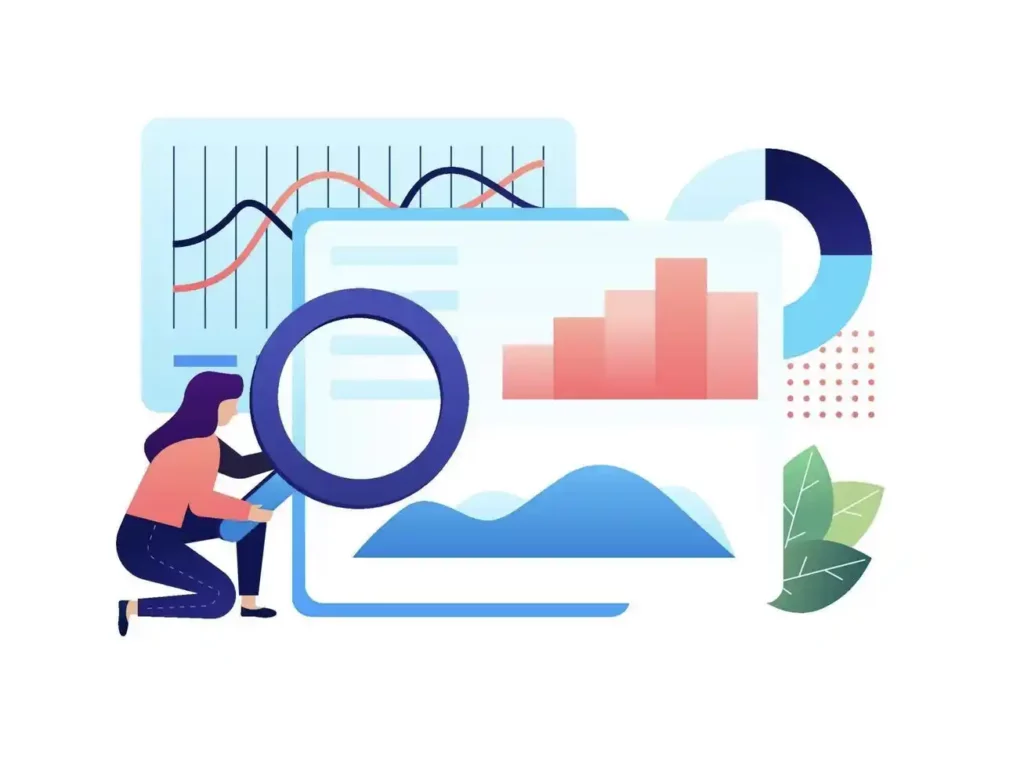What are the Benefits of Product Analytics?
Product analytics is the use of data-driven methods to analyze the performance of a product. It involves collecting and analyzing various types of data related to customer behavior, product usage, and other factors that can be used to improve products and services. Product analytics helps businesses determine which features are most important to customers, identify new opportunities for product development and innovation, and better understand customer preferences.

The Benefits of Product Analytics
Product analytics is invaluable for product teams as it provides visibility into how customers use their products and can help inform decisions about changes or additions to existing features. With product analytics, teams are able to measure user engagement and track user behavior over time in order to learn what works best for their customers. This data can be used to optimize the customer experience by providing more relevant content or features based on user preferences. Additionally, it can help inform decisions about pricing strategies and launch campaigns for new products or services.
Product analytics also helps companies predict future trends by analyzing historical data from previous versions of a product or service. By understanding consumer trends, businesses can quickly identify which areas need improvement and adjust their strategy accordingly. Additionally, it allows companies to better understand customer needs in order to develop more personalized experiences that will increase engagement with their brand.
Technique
Product analysis is a process where a product, from the planning and design stage all the way through to post-production or retirement, is considered in relation to different factors. According to a study published by academics at Columbia University, such techniques can help assess the market potential of products, as well as enhance their performance by focusing on areas for improvement. The paper outlines four major stages for product analysis: market analysis, customer needs identification, competitors’ analysis and product functionality assessment. Each of these steps requires gathering data from both external and internal sources in order to have an accurate overview of how well a product is performing relative to the competition. Utilizing these techniques can help business owners better understand their product’s existence within the marketplace.
Uses of Product Analytics
Product analytics is an essential tool for any business that wants to maximize its success in the marketplace. It provides valuable insights into how customers interact with products so businesses can make informed decisions about product design and development. Additionally, it allows companies to gain insight into customer preferences so they can provide tailored experiences that will drive more engagement with their products or services. Finally, product analytics helps businesses identify opportunities for new products or services based on market trends so they can stay ahead of the competition.
Conclusion
Product analytics is an invaluable tool that enables businesses to make informed decisions about the design and development of their products or services based on customer feedback and usage data. By taking advantage of this powerful tool, companies are better able to understand customer needs in order to create personalized experiences that increase engagement with their brand while staying ahead of the competition in terms of market trends and innovations. Ultimately, product analytics helps businesses reach new heights when it comes to success in the marketplace!
Read More Articles.
